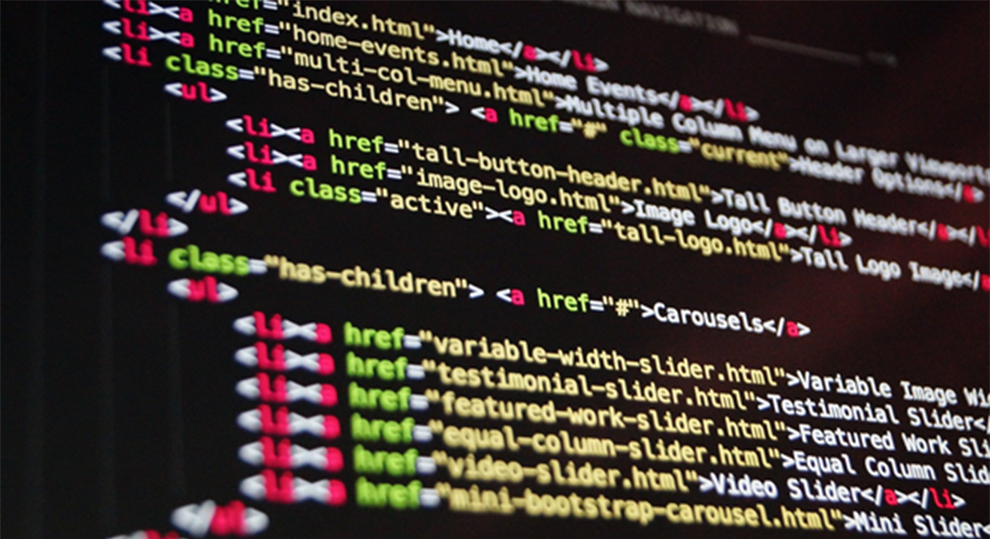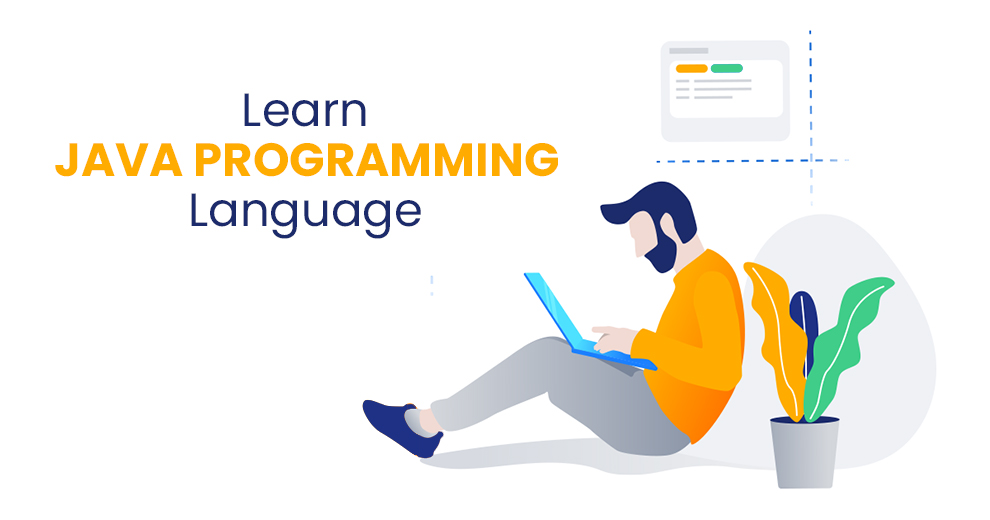Web scraping allows you to compare the prices on different websites with a few clicks. Also, you can download all posts from your favorite blog without having to sit in front of your screen and work yourself the whole time.
Web Scraping – What is it
The term “Web Scraping“ describes the process of extracting content, information, or data from one or several websites. This is done automatically using different kinds of software. This makes it possible to collect a lot of data within a short amount of time.
Web scraping, also sometimes called “Data Scraping” or “Content Scraping”, is very useful for extracting a lot of information from the internet. This helps with market research or with monitoring the development of certain prices or contents.
This does, of course, beg the question of whether the hosts of the different websites actually want their information to be extracted in this way. In fact, their content is meant for human users, and there is a certain effect that should be created with it, for example, to inspire someone to buy a product through an affiliate link. Web scraping works against this intention. This leads to countermeasures that are often in place to make it harder to collect data this way.
The Legality of Web Scraping
Simply put, a website has been made accessible to the public the moment it has been published on the internet. For that, it is of no concern how the public is able to gain access, be it through a specific invite link, google, or in any other way.
However, looking a little bit closer, there is something called “undesired” web scraping. In such a case, data is extracted that is not supposed to be extracted. Either this data is personal and not meant to be on the internet, or it is not meant to be collected in this way or for the purpose of scraping. Here, local laws in different countries have their own rules for how to deal with this kind of web scraping. It becomes illegal in any case when copyrights are violated, or computer fraud is committed.
Also not liked, albeit not illegal, is over scraping. In this case, the content is extracted too often, leading to requests to the server of the WebHost overloading the system. The result is that human users cannot access the page as fast as they want to, even though it is actually made for them.
Web Scraping Uses
In 2021, 48% of Web scraping activities were for the development or support of e-commerce strategies. Other uses were for market research, the automatization of processes in business, generating leads, and monitoring price developments.
Doing Web Scraping
Web scraping might sound complicated but is, in fact, rather easy. It always revolves around searching for information on specific websites and extracting the desired data. All of this is done automatically with crawlers or scrapers. Also, you can find many job opportunities in web scraping.
Crawler
Crawler, also known as spiders, is the searcher. This means they go through the different contents of the websites and mark for the scraper what is for them to extract. Besides web scraping, crawlers are also used by search engines, like Google, to find and index new pages on the internet. You can find crawler as tools readily preprogrammed. You just have to tell them on which websites they have to look for which terms or words, and they begin their work.
Scraper
Web scraper practically follows crawlers and extracts the marked content. For that, they use the structure of the websites and common expressions, selectors, and locators. You can give them the name of a brand, and they will get you anything there is to know about it from the internet.
The Process of Web Scraping
There are user-friendly tools available on the internet that combine integrated scrapers and crawlers. That makes it possible to achieve good results even with challenging searches. They can be defined and finished within a rather short amount of time. These are the steps for you to follow:
- Enter the website or websites from which the content is to be extracted. Just put the address into the web scraper tool.
- Go to the page, meaning request access to the address you entered before.
- Use locators, like common words, to extract the information.
- Save the date in a format with structure, like JSON or CSV.
For the tech-savvy, this might not pose a challenge, but there are web scraper tools that execute these steps completely on their own. A challenge would only be the extraction of a large amount of information or the collection of it over a longer timeframe. Especially when the web hosts of these sites change the layout of their pages or use countermeasures, it is not that easy anymore to keep the extracted content up to date.
Web Scraping Tools
There is a variety of tools available for web scraping, but they do differ in their quality and their prices. Add to this the challenge of ethics, which we will address later, and it is obvious that finding the right tool is not as easy as it seems. Look for:
- Price – Right, there are tools for web scraping that are available free of cost, but the moment you look for something better, there is nothing free anymore. For these tools, it is important to check the factors playing a role in pricing, like the number of pages to be scraped.
- Quality of data – Finding data is just one side of the story. As this data is unstructured, it is often not very useful. This brings us to the other side of the story. The tool needs to be able to sort and filter the raw data before sending it to you.
- Data presentation – The extracted data must be presented in a way that it can be used. Best for that are XML, CSV, and JSON. In theory, you can convert raw data by yourself, but why do the work if your tool can do this for you?
- Locators – Locators are typical terms or CSS selectors. Through these, the content can be extracted. To actually make a tool useable, it must offer some options for these locators to specify the desired content.
- Dealing with counter-measures – Websites come with counter-measures intended to stop web scraping or to at least make it a lot harder. It is possible to get around these using VPNs or proxies. A good tool does so by itself.
- Customer service – Everyone of us has a question every now and then. While these tools are preprogrammed and easy to use, there is always one thing or another that is not self-explanatory. Then it is great to have somebody you can actually ask, and who can help you.
Web scraper Python, for example, is very popular as it fits all of these requirements perfectly. This means you get good customer support as well as a good quality of data and options, to specify your search. As a Chrome web scraper, this tool has proven itself over the years. Of course, it is not the only web scraper for chrome, but there is a reason why users like it so much.
Protecting Websites against Web Scraping
Being a web host, you want human users to see your page instead of some tools extracting the content. To protect your information, there are a few things you can do:
- Filter requests – In order to see a page, the user generates a request to the server of the web host. For that, he identifies himself with his IP- address and user agent. For your webhost, you can define a filter for specific user agents, thereby denying access to the web scraper.
- Blocking – Web scrapers as well as bots generate a lot of server requests. If you, as the web host, identify visitors with an extreme number of requests, you can just block their IP address. However, good tools can go around this simply by using a VPN or a proxy.
- Honeypots – Honeypots are traps for scrapers. These are links that are not visible to the human eye but can easily be seen and used by web scrapers. This way, they identify themselves immediately as a bot, and their IP address can be blocked.
- Robots.txt – These are small notes containing the rules of the page. They tell bots, scraper, and crawler, which areas are open to them and which are not. This way, these pages can stay unindexed by search engines. Normally, spider bots do respect these rules, but there are scrapers completely ignoring them, which leads us back to the question of ethics.
- Captcha – This is a good way to filter scrapers. They are not able to understand the pictures and can thereby not pose as humans.
Getting around Counter-Measures
There are ways to get around the different countermeasures. With some of them, it is quite easy, while others are more of a challenge. Here are some of the things you can do:
- Visit the targeted pages again and again – Sometimes, a scraper does not inform you about being blocked by certain pages. In that case, you have to check if the scraping is still working. The longer you scrape, the higher the probability that your IP has been blocked.
- Proxy or VPN – With scraping, it is just a question of time when your IP is blocked from the page. Use VPNs and proxies to get around this.
- Scrape rarely – Don`t overdo scraping, and there is a good chance that web hosts will not try to do anything against it.





